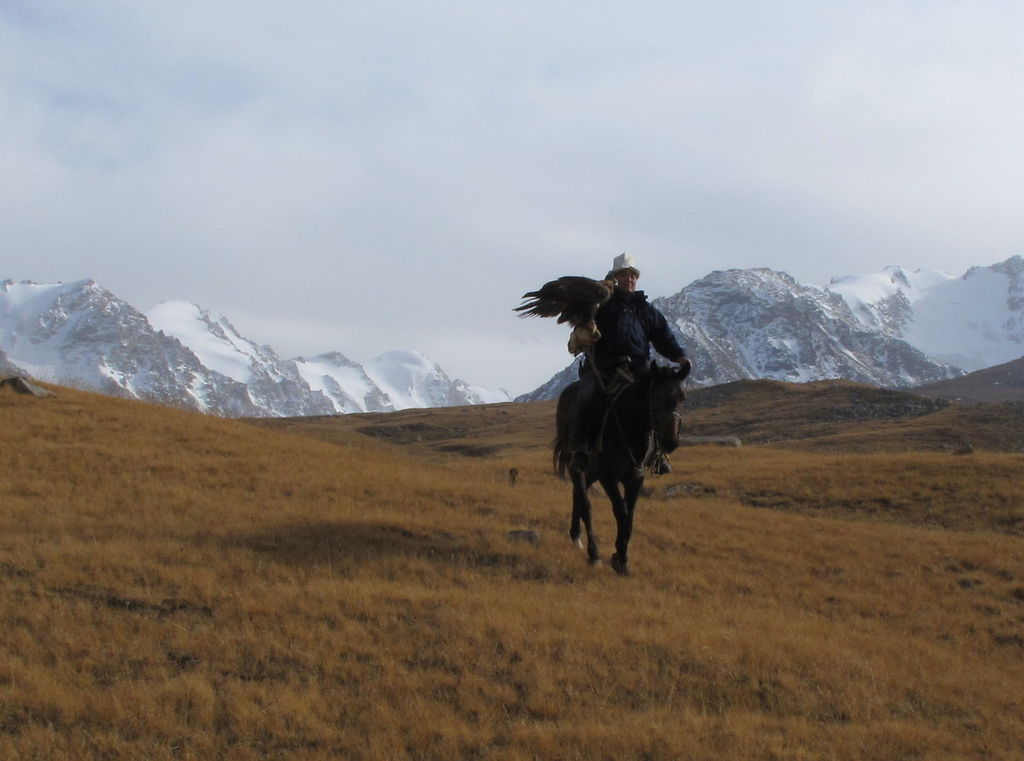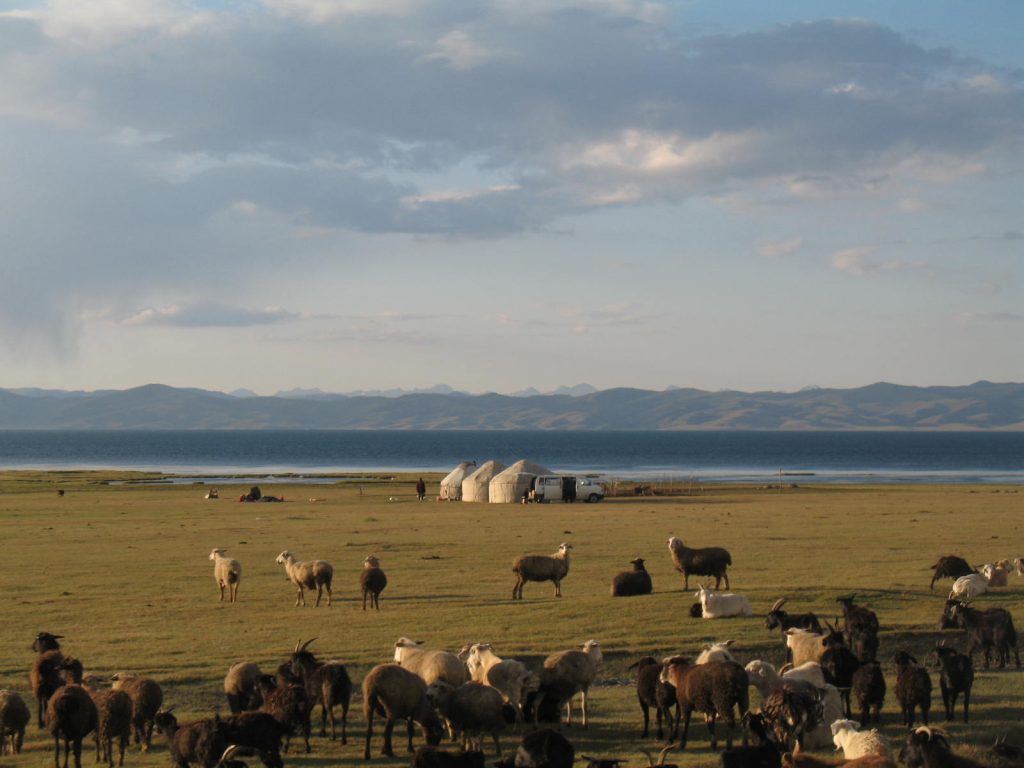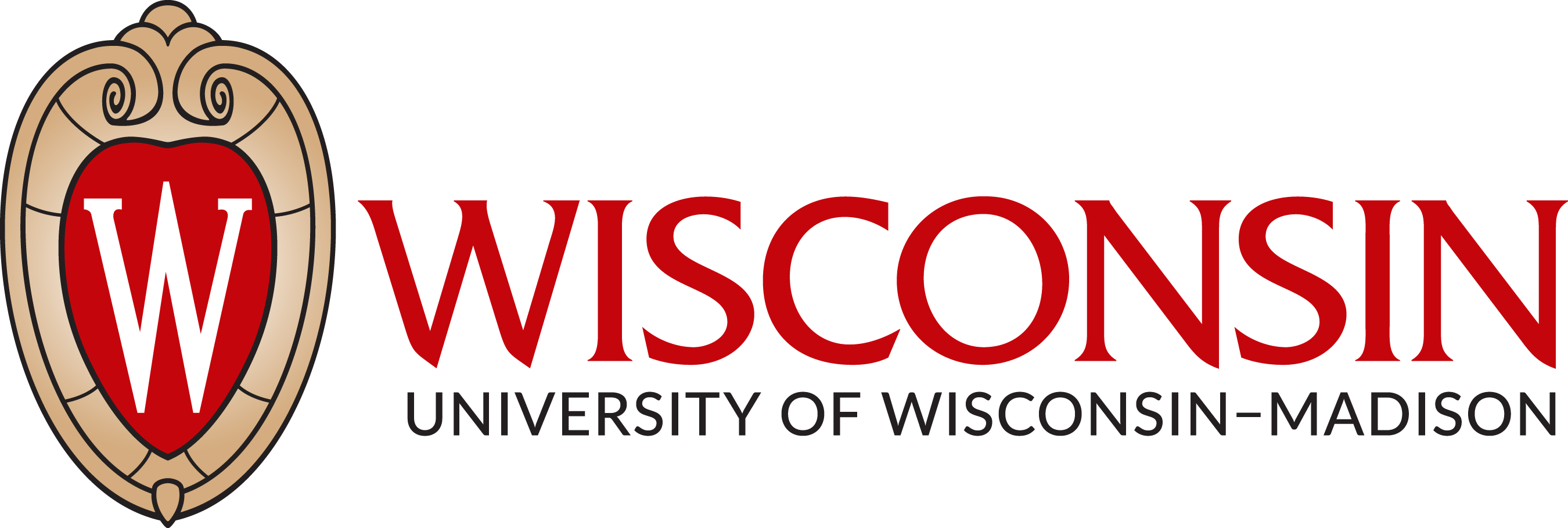Животные и птицы

For centuries, animals have played an essential role in the lives of the Kyrgyz people. As a historically nomadic society, Kyrgyz communities have depended on animals like horses, sheep, and yaks not only for food, clothing, and transportation, but also as part of their identity, values, and celebrations. Horses, in particular, are deeply respected – they are companions, symbols of freedom, and central figures in songs, stories, and traditional games.
Some of these traditions, such as horseback sports or animal sacrifices during festivals, may seem harsh or unfamiliar to those from other cultures. It’s important to approach these practices with both curiosity and care: to recognize them as part of a living cultural heritage shaped by environment, history, and survival – while still thinking critically and asking questions. Learning with an open mind helps us better understand the richness and complexity of traditions that may differ from our own.
On this page you will learn about some of the animals that are important to Kyrgyz culture, and on later pages you will learn about some of the traditions related to animals in Kyrgyzstan.
Давайте почитаем! Животные.
Read the information about each of these animals and then complete the exercises below.
Упражнения 45 и 46. Животные.
Answer the questions based on what you read above. Note that some questions have more than one correct answer.
The following activity uses speech recognition to listen to and check what you say. Note that this activity only works with the Chrome browser. If you do not have Chrome, you can use the alternative activity below it. Make sure to say aloud the words as you complete the activity.
Alternative activity if you do not have Chrome:
Давайте почитаем. Жайлоо.
Learn a bit about the nomadic tradition of жайлоо.
Жайлоо

Жайлоо (или джайлоо) — это летнее пастбище в горах. Летом многие семьи в Кыргызстане переезжают в жайлоо. Они живут там в юртах. Там много травы, и животным (овцам, коровам, лошадям) легко найти еду. На жайлоо чистый воздух, красивая природа и тишина. Люди доят коров и кобылиц и делают кумыс и другие молочные продукты. Жизнь на жайлоо — это часть культуры и традиций кыргызского народа.
Давайте поговорим! Ответьте на вопросы с партнёрами.
- Вы лю́бите живо́тных? Почему́?
- У вас есть дома́шнее живо́тное? Како́е?
- Како́е ва́ше люби́мое живо́тное? Почему́ вы его́ вы́брали?
- Вы когда́-нибудь бы́ли в зоопа́рке и́ли на фе́рме? Что вам понра́вилось?
- Каки́е живо́тные живу́т в ва́шем регио́не и́ли стране́?
- Есть ли живо́тное, кото́рое явля́ется си́мволом ва́шей страны́, го́рода и́ли шко́лы?
- Как вы ду́маете, каки́е живо́тные символизи́руют си́лу, ум, ве́рность?
- Есть ли в ва́шей культу́ре ска́зки и́ли пе́сни про живо́тных?
- Вы когда́-нибудь помога́ли живо́тным? Наприме́р, корми́ли бездо́мных живо́тных и́ли забо́тились о больно́м живо́тном?
- Вы бои́тесь каки́х-нибу́дь живо́тных? Каки́х и почему́?
- Вы бы хоте́ли побыва́ть на жайлоо? Почему́ да и́ли нет?
- Есть ли в ва́шей стране́ ме́сто и́ли тради́ция, которые похожи на жайлоо?
Follow up activities:
А. Learn more about some of the important animals in Kyrgyzstan.
Watch this video about how the snow leopard became the national symbol of Kyrgyzstan:
Learn more about golden eagles:
Learn about the Kyrgyz dog breed called тайган:
Б. Find more information on the internet about tourism in a жайлоо and share it with your class.
Sources:
Ishenbek, berkut and horse: Peretz Partensky from San Francisco, USA, CC BY-SA 2.0 <https://creativecommons.org/licenses/by-sa/2.0>, via Wikimedia Commons
Taigan 3: Aiylchy, CC BY-SA 4.0, via Wikimedia Commons
Джайлоо: Авторство: Firespeaker. Собственная работа, CC BY-SA 3.0, https://commons.wikimedia.org/w/index.php?curid=12723460

